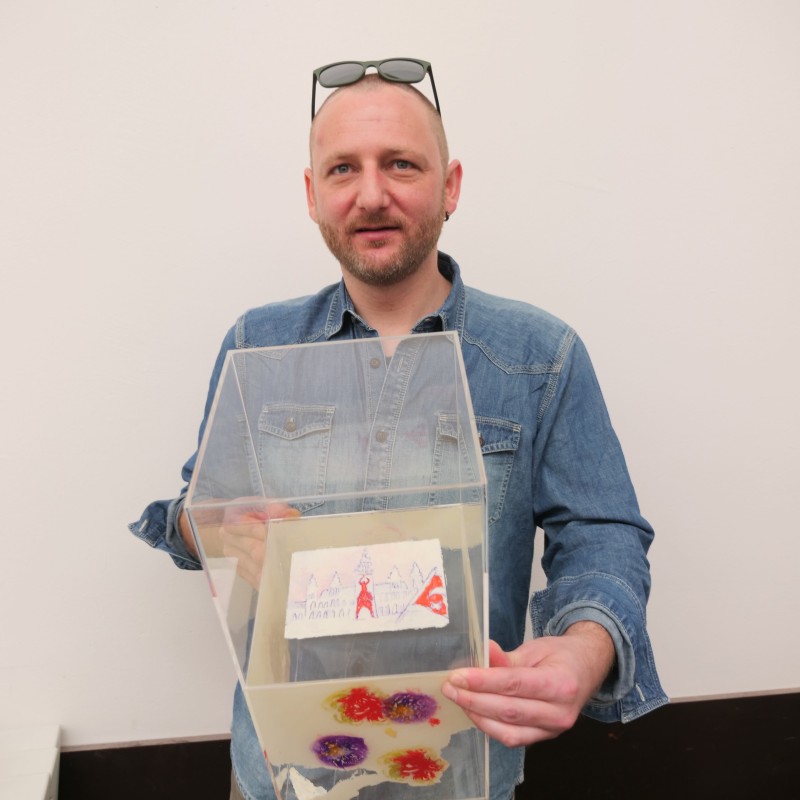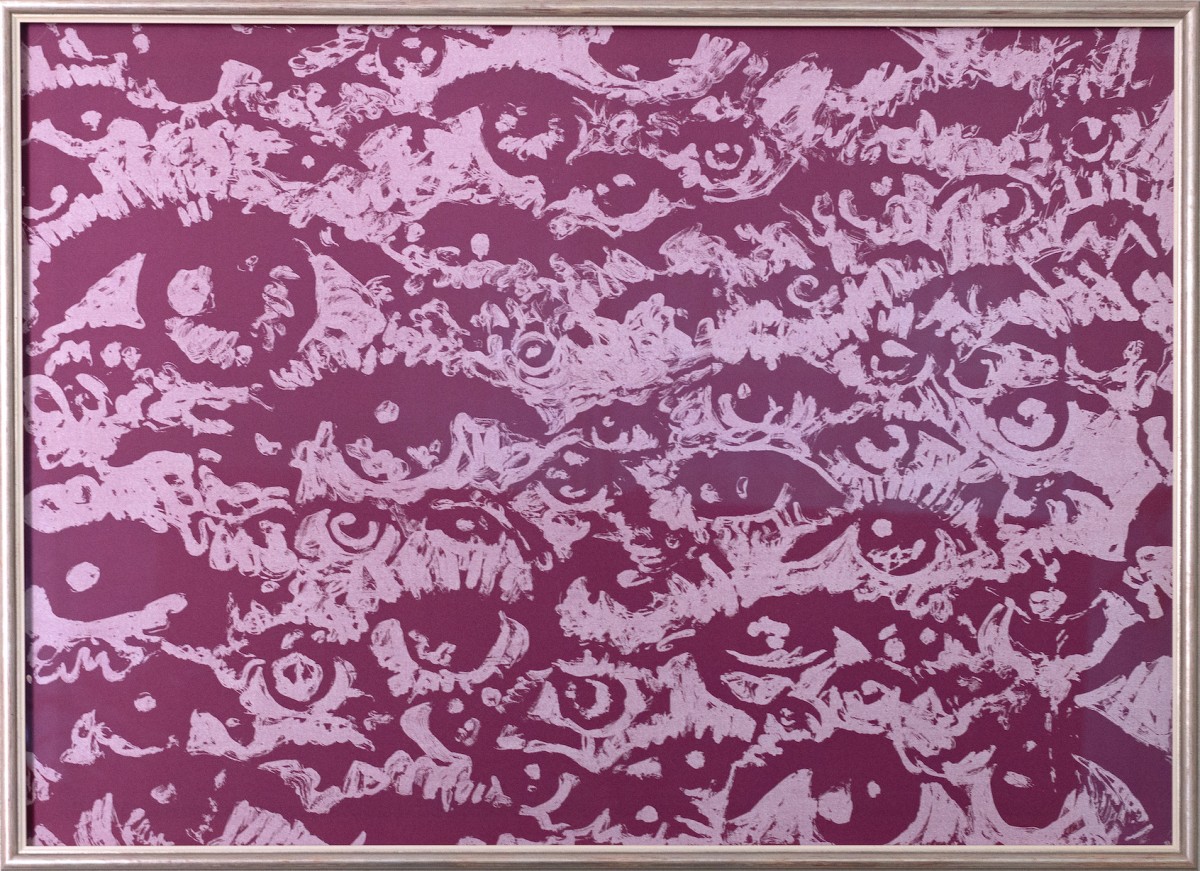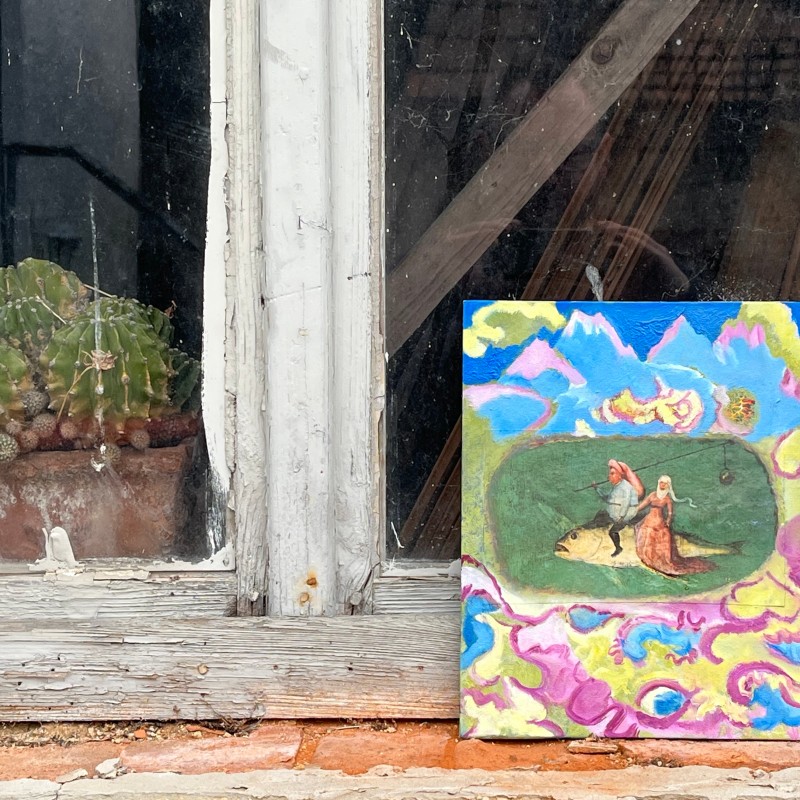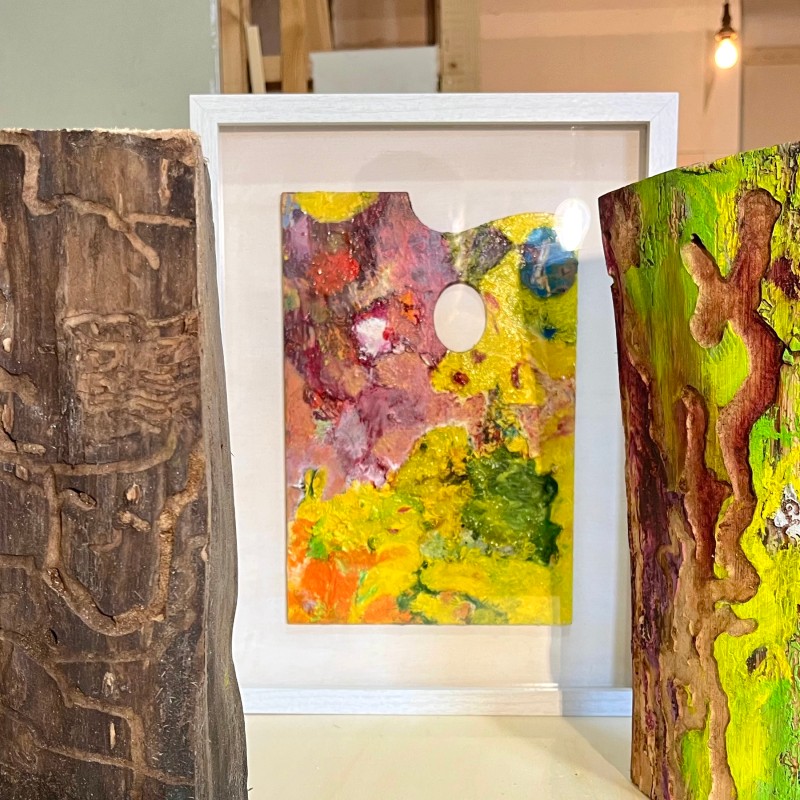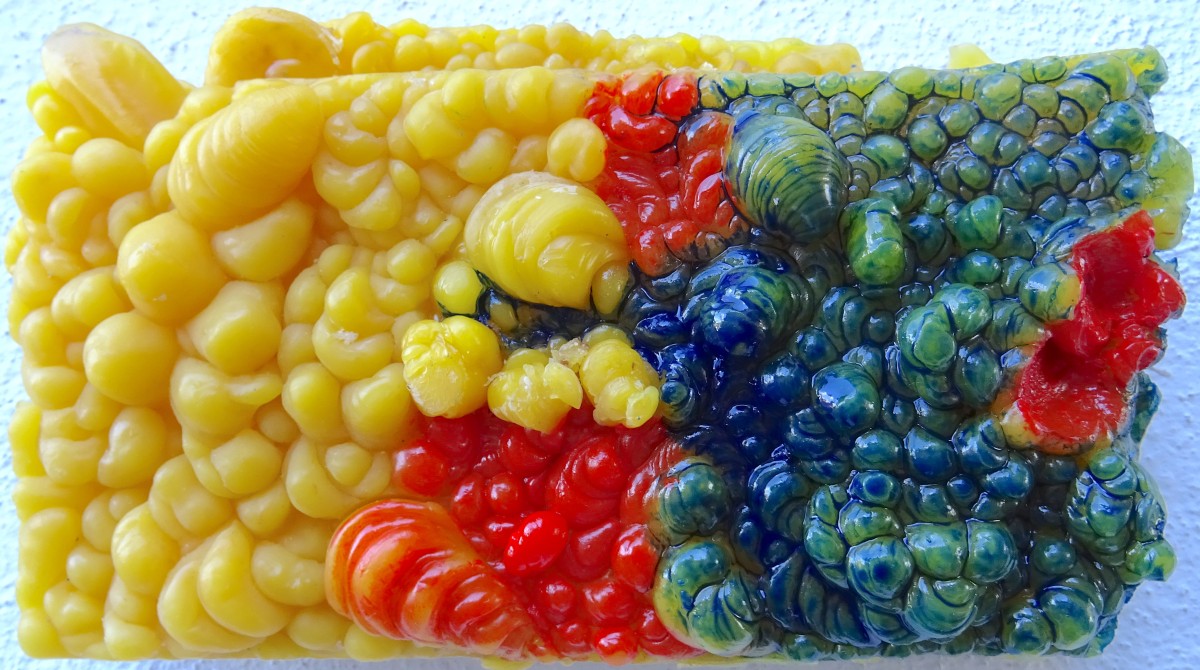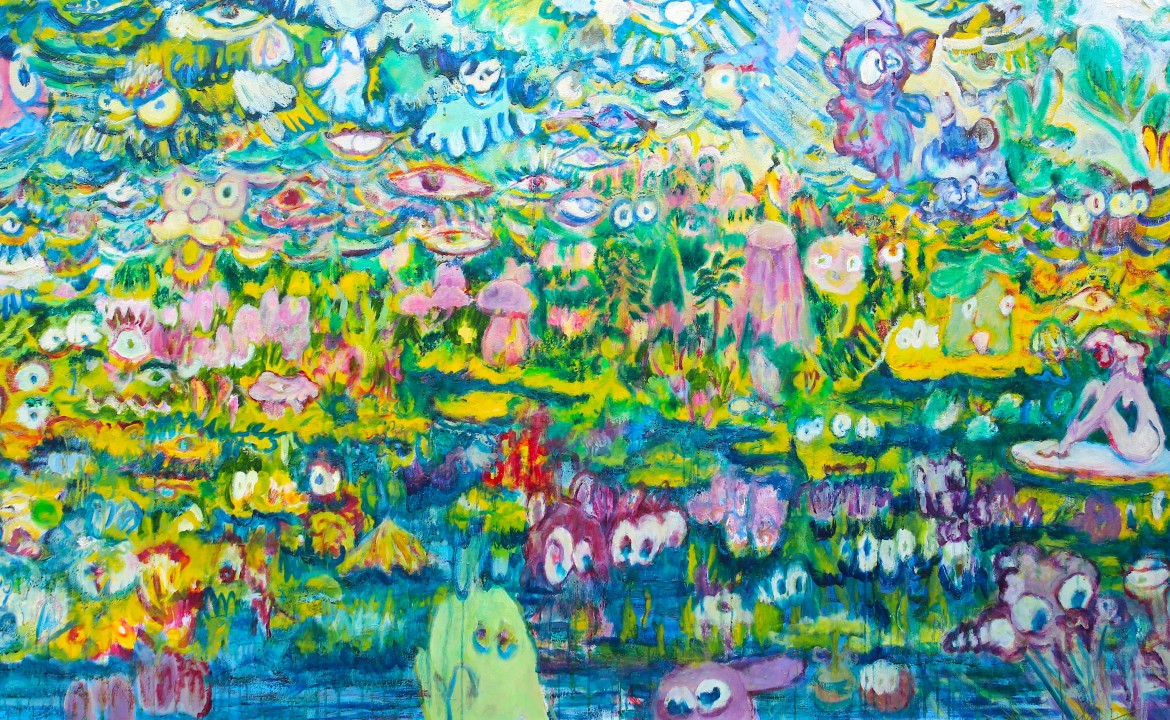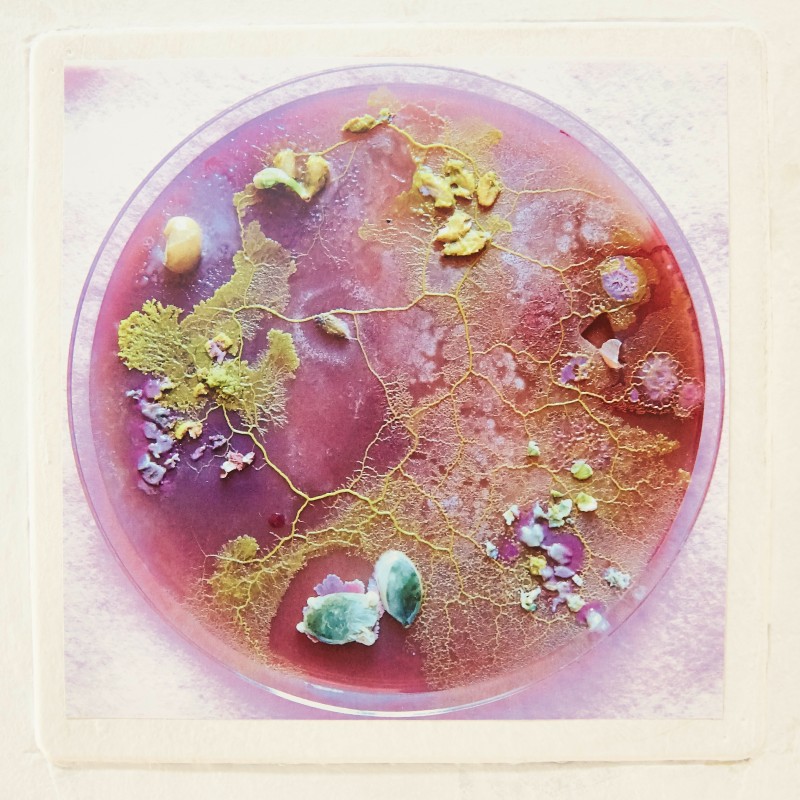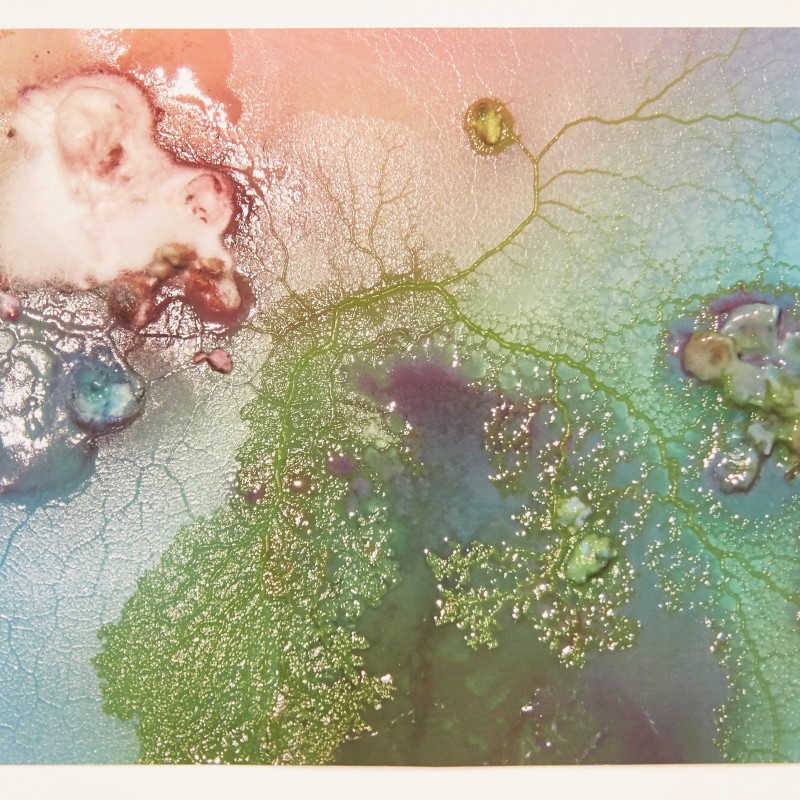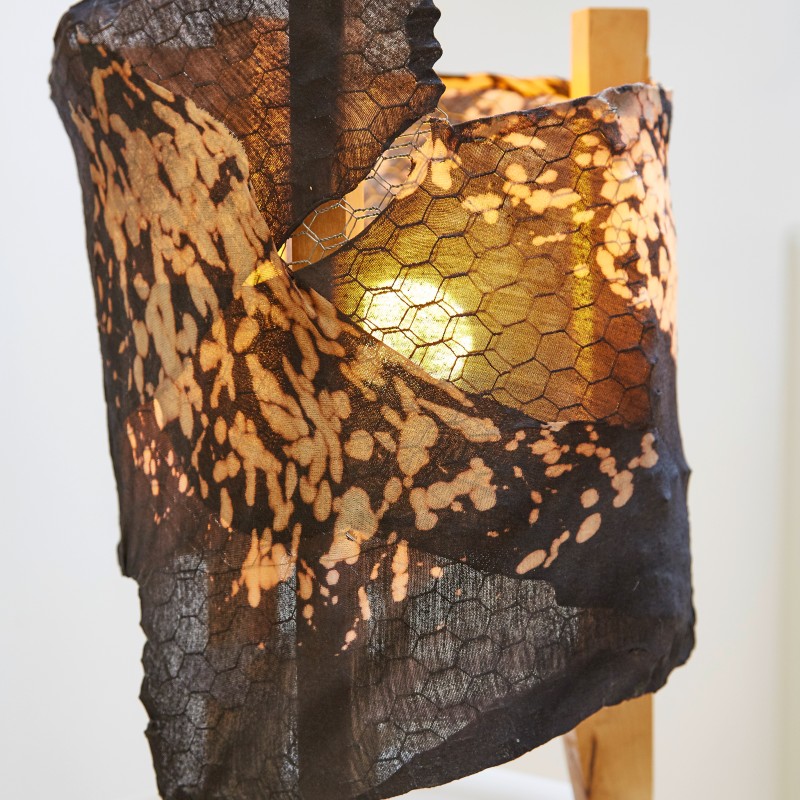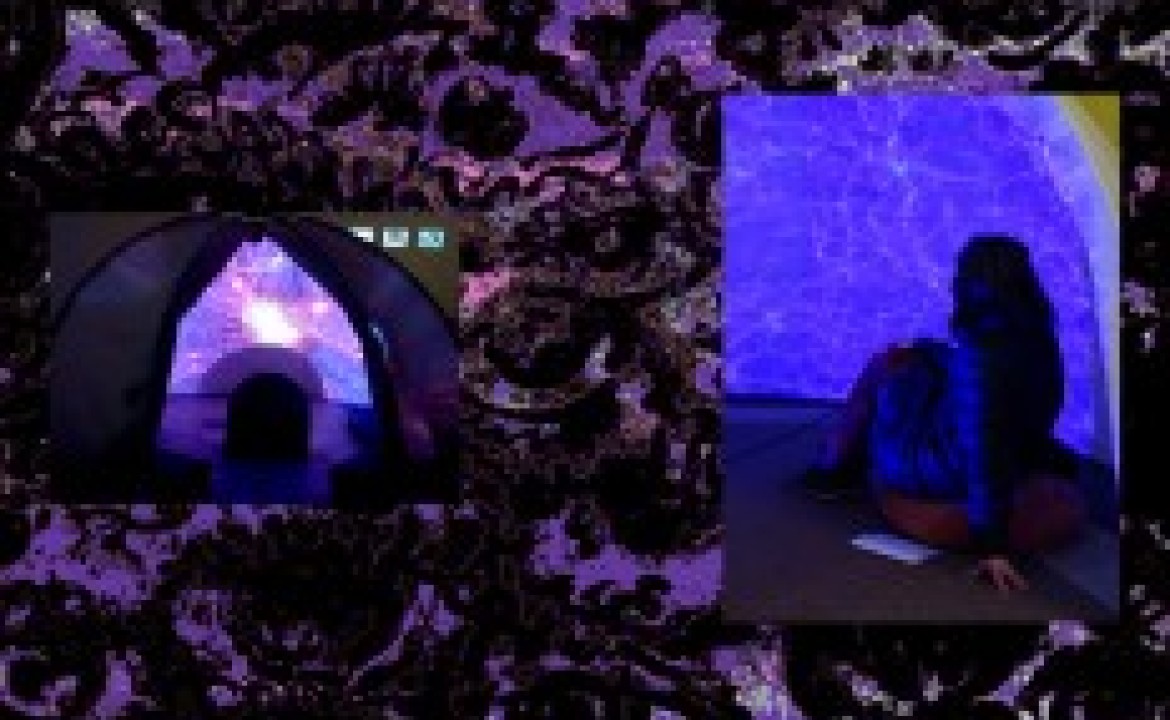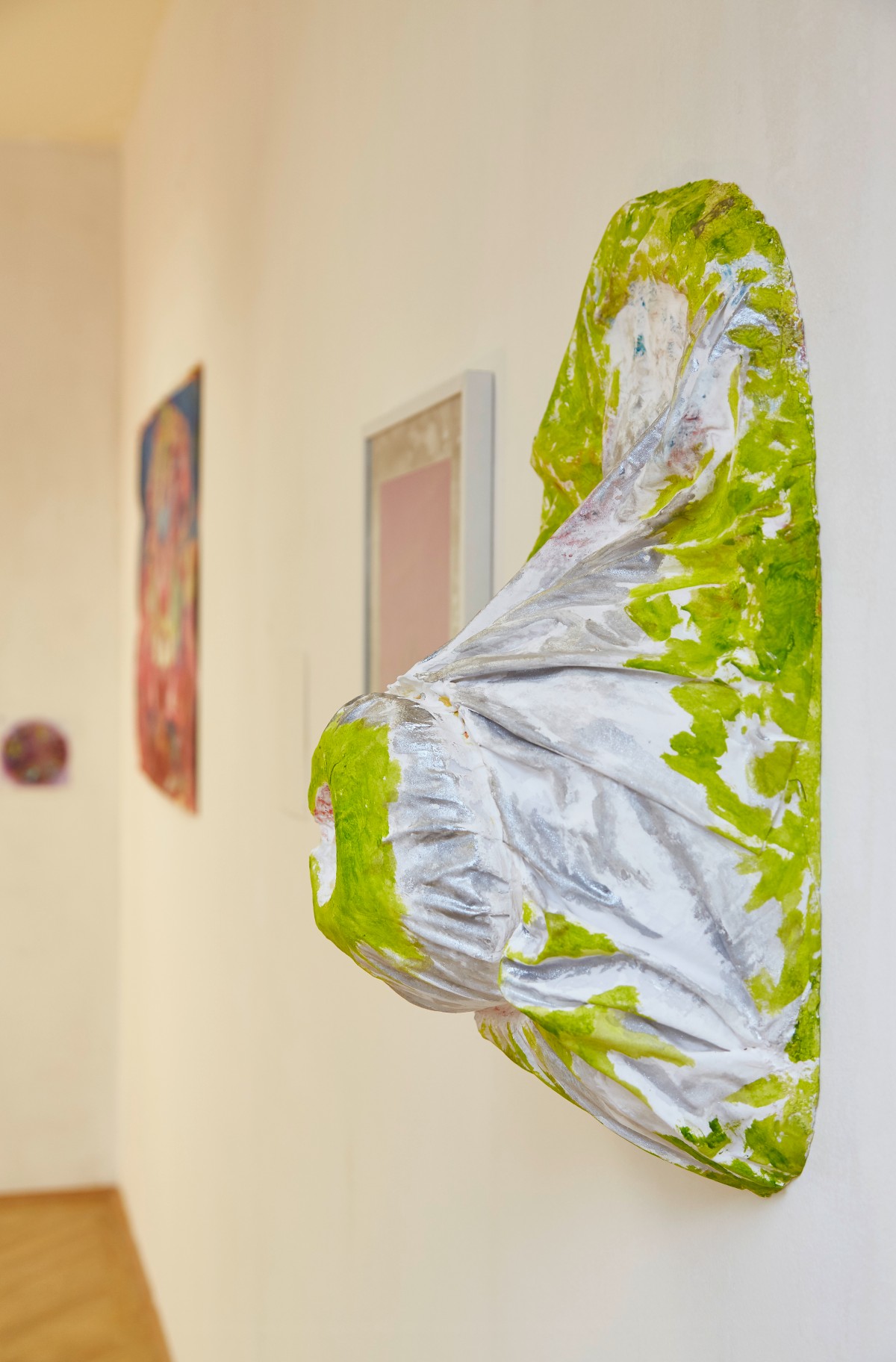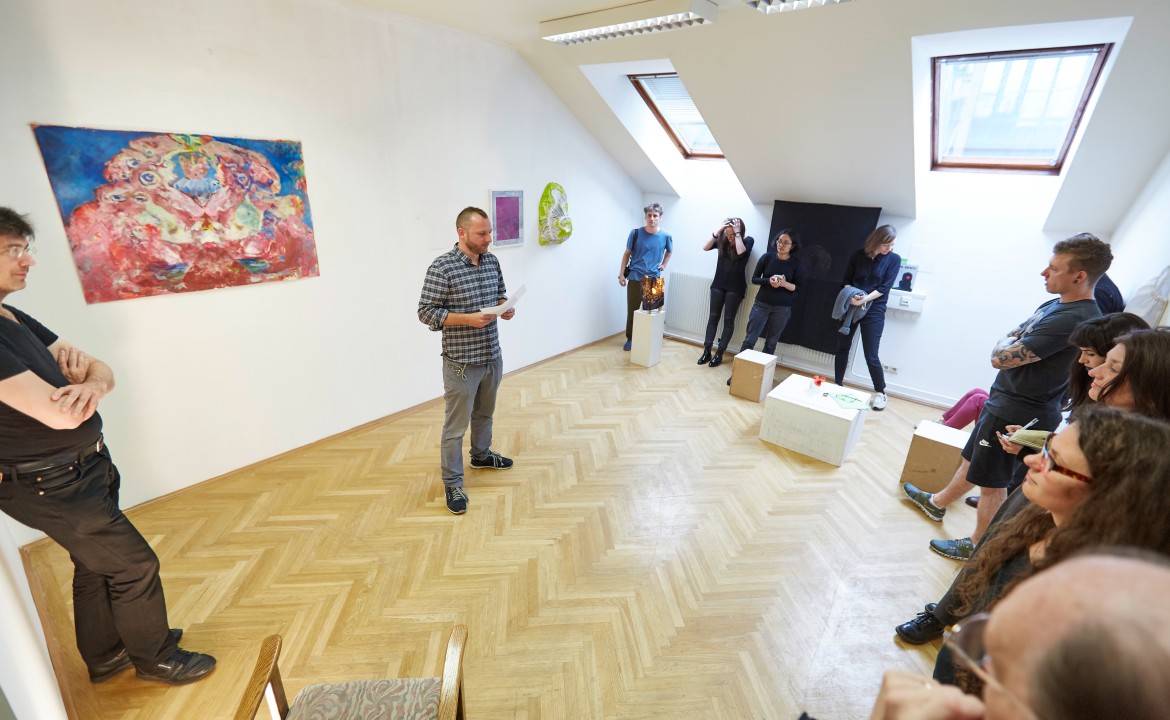Johannes Frauenschuh has a broad and colourful background. He has worked as a social worker in various contexts for more than
20 years, currently he is working professionally with people with disabilities. Johannes also has extensive practical experience
in the socio-demographic analysis and processing of demographic data. Empirical social research has also played a role in
various interdisciplinary art projects. The conception and organization of art and culture-related exhibitions as well as
the preparation and communication of knowledge is also an important part of his work as an artist and cultural scientist.
As a visual artist, he works in a variety of media and materials.
Dear Johannes, it is wonderful hearing from you again. What are your views on art and science after all your experience?
Can you describe your artistic style?
Where do you get inspired for your creative work?
During my time at the Art & Science department, I increasingly explored natural scientific theories again, such as genetics and, for example, the phenomenon of dark matter with Maximilian Gallo, which evolved into an interdisciplinary art project. Here, too, the question "what are the forces that hold us together?" was central to me.
Do you rather work in collectives or alone?
"In general, I always find working in groups very fruitful, as it broadens one's own perspective,
and an approach to the "reality of being" can probably be more successful
through intersubjective exchange."
Especially as an artist, exchange among one another is crucial; one can learn a lot from one another, both through discourse and through shared practical activity. Even in the age of chatbots, it can be significantly more efficient to work together on a topic as a group: having multiple perspectives on an object or issue is probably more realistic and closer to the reality of being than pursuing a single line of argument.
For how many years did you study at the Art & Science Department?
I began my studies in the winter semester of 2017 and was effectively studying until the coronavirus outbreak. In the fall of 2020, I organized the Art & Science Department's collaboration with Vienna Art Week, but this event then took place virtually.
You have participated in many projects, even outside the curriculum. Maybe you would like to name a few?
But in the end you did not complete your studies with the master exam. Would you like to tell us why you took this decision?
After experiencing that, do you have any suggestions for someone who might struggle as well to stay in the program?
What kind of job would you like to do if you had not became an artist?
Today, I'm actually glad that I'm “not just" an academic visual artist and that I don't “have to go to the studio every day
to work”. Otherwise, I'd probably feel like I was missing out on something in the "real world."
Thank you, Hans, for the interesting insights into your life and thoughts.

